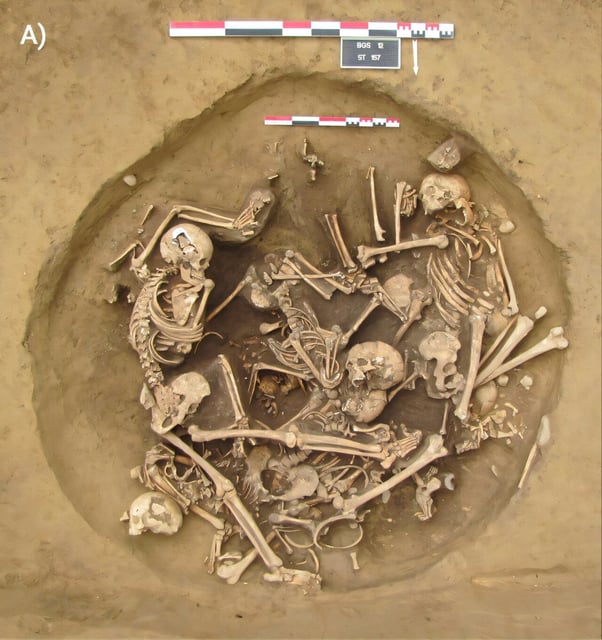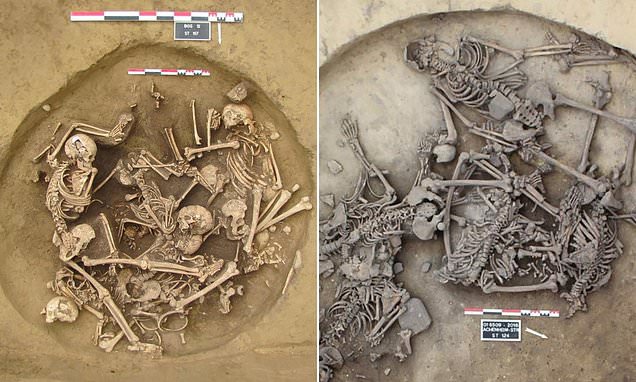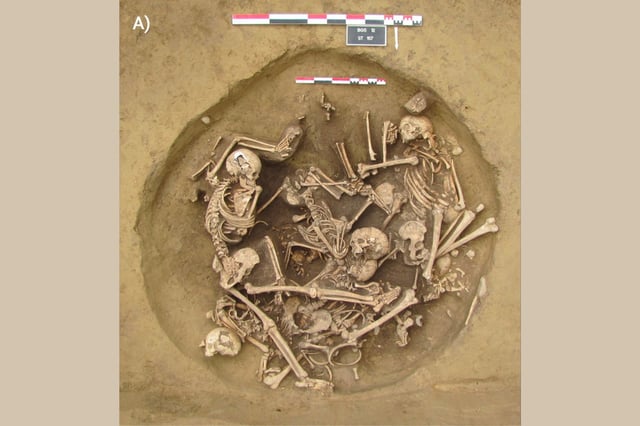Overview
- An international team reports in Science Advances that 82 individuals from late Neolithic pits at Achenheim and Bergheim near Strasbourg date to roughly 4300–4150 BCE.
- Osteological evidence includes severed upper limbs and unhealed fractures, indicating lethal violence consistent with trophy-taking.
- Multi-isotope analyses show those with violent injuries were nonlocal, whereas individuals without such trauma were locals who received regular burials.
- The victims appear to derive from several source groups, and burial treatments varied from disordered deposits without overt mutilation to instances of extreme overkill.
- The authors interpret the assemblages as martial victory celebrations by local groups, while noting that the exact motivations remain unresolved and warrant further study.


